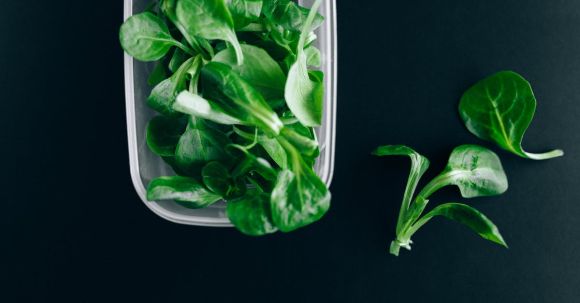Preserving food through canning and pickling is not only a practical way to extend the shelf life of fresh produce, but it also allows us to savor the flavors of the seasons long after they are gone. The art of food preservation has been practiced for centuries, and with a few simple tips, you too can master the techniques of canning and pickling.
Canning Tips:
1. Start with Quality Ingredients: When it comes to canning, the quality of your ingredients is crucial. Use fresh, ripe produce that is free from blemishes or signs of spoilage. This will ensure that your canned goods have the best possible flavor and texture.
2. Invest in Proper Equipment: To safely can your food, you will need a few essential tools. A water bath canner or pressure canner is necessary for processing your jars, while a canning funnel, jar lifter, and lid lifter will make the process much easier. These tools are readily available and can be found at most kitchen supply stores.
3. Follow Recipes and Guidelines: Canning is a precise process that requires careful attention to detail. Always follow tested recipes and guidelines from reputable sources, such as the National Center for Home Food Preservation. These recipes have been tested for safety and will ensure that your canned goods are free from harmful bacteria.
4. Properly Sterilize Jars: Before filling your jars with food, it is essential to sterilize them to prevent spoilage. This can be done by boiling the jars in water for 10 minutes or running them through a dishwasher cycle. Be sure to handle the jars with clean hands or utensils to avoid introducing any bacteria.
Pickling Tips:
1. Choose the Right Vinegar: Vinegar is the key ingredient in pickling, as it provides the tangy flavor and acts as a natural preservative. Different types of vinegar can be used, such as white distilled vinegar, apple cider vinegar, or rice vinegar. Choose a vinegar that complements the flavors of your pickled vegetables or fruits.
2. Balance the Flavors: Pickling is all about creating a balanced blend of flavors. Experiment with different combinations of herbs, spices, and sweeteners to create unique pickling brines. Don’t be afraid to get creative and add ingredients like garlic, dill, or chili flakes to enhance the taste of your pickled goods.
3. Prep your Vegetables: Before pickling, it is important to properly prepare your vegetables. Wash them thoroughly and remove any stems, seeds, or tough skins. Cut them into uniform sizes to ensure even pickling and to help them absorb the flavors of the brine.
4. Give it Time: Patience is key when it comes to pickling. While some quick pickles can be ready in a matter of hours, most pickled goods benefit from a longer curing time. Allow your pickles to sit for at least a week before indulging in their tangy goodness. This will allow the flavors to meld together and develop a more complex taste.
In conclusion, the art of food preservation through canning and pickling is a valuable skill to have in the kitchen. By following these tips, you can confidently preserve the flavors of the seasons and enjoy homemade canned and pickled goods all year round. So go ahead, stock up on fresh produce, and embark on your own culinary preservation adventure. Happy canning and pickling!
